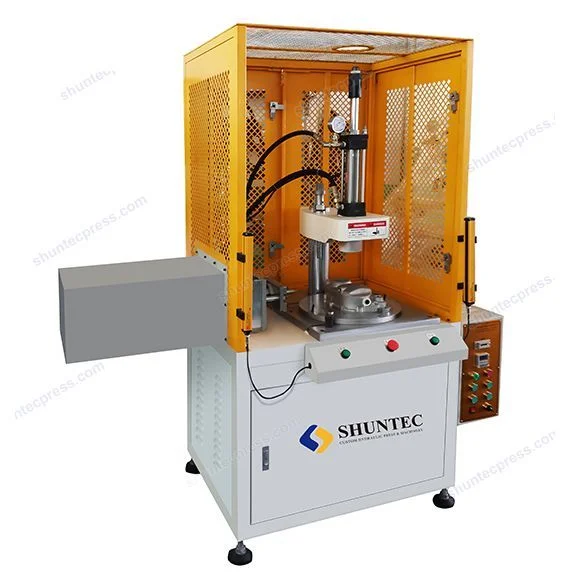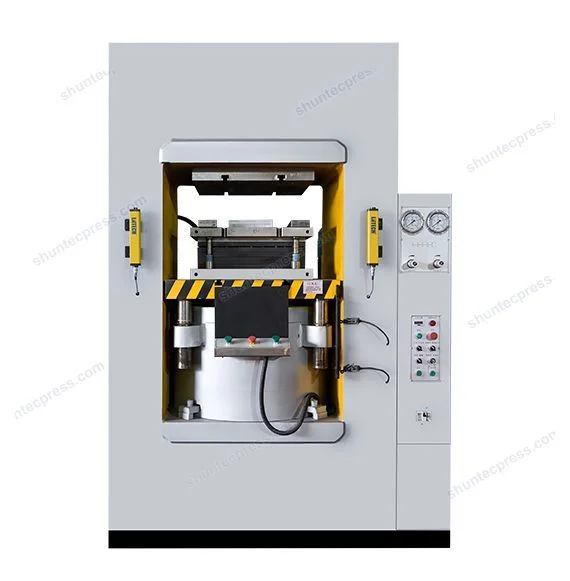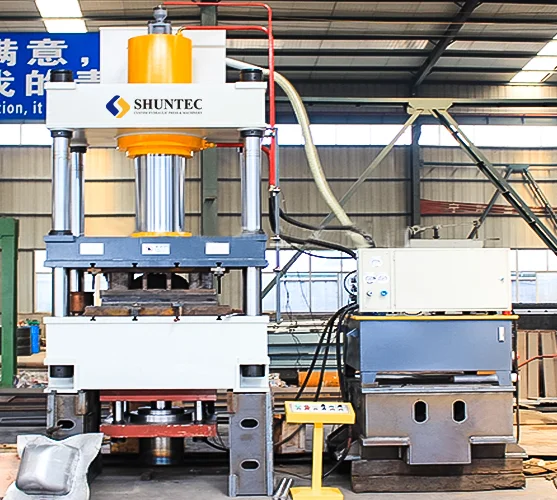Introduction
Hydraulic systems, omnipresent across a plethora of industries and technologies, have redefined the ways we perceive power, motion, and control. From construction equipment to vehicle brake systems, the use of hydraulics has been essential to progress. However, a critical question often arises: are multiple small hydraulic systems stronger than one large one? This article delves into this complex conundrum, exploring the intricacies of hydraulics, and aims to provide some clarity.



Understanding Hydraulics
Hydraulics refers to a technology or system that generates, controls, and transmits power using pressurized fluid. At the heart of every hydraulic system are two key components: the hydraulic cylinder and the hydraulic pump. The hydraulic pump generates the fluid flow that leads to a pressure difference, while the hydraulic cylinder converts this fluid pressure into mechanical force. The synchronization of these two components is integral to the efficiency and effectiveness of the system.
Does Hydraulic Cylinder Size Matter?
When we ponder the size of the hydraulic cylinder, we primarily refer to its bore or diameter, which essentially is the area subjected to fluid pressure. The size of the cylinder directly impacts the force it can generate: a larger cylinder can produce more force than a smaller one if the fluid pressure remains constant. However, the larger cylinder also requires more fluid volume to move, which can affect the speed and efficiency of the system.
For instance, in construction equipment, larger cylinders are common due to their high-force demands, but in compact and high-speed applications like some industrial machinery or automotive systems, smaller cylinders are preferred. In essence, the size of the cylinder must align with the specific requirements of the application.
What Makes Hydraulics Stronger?
The ‘strength’ of a hydraulic system is a composite function of several factors:
- Cylinder size: A larger cylinder can generate more force if other factors remain constant.
- Pump capacity: This determines the volume of fluid the pump can displace per unit time. A larger pump can provide a higher flow rate, enabling faster cylinder movement.
- Fluid pressure: The pressure at which the fluid is pumped influences the force exerted by the cylinder.
- Material and design of components: The robustness of components under high pressure conditions is essential to prevent system failure and enhance overall strength.
Understanding and manipulating these factors is key to increasing the strength of a hydraulic system.

What Happens if Your Hydraulic Pump is Too Big?
The hydraulic pump is the heart of the hydraulic system, determining the system’s flow rate. While a larger pump can indeed increase flow rate, it may cause potential issues if mismatched with the system requirements.
An oversized pump may lead to inefficiency, as it requires more power to operate, leading to energy wastage. The high flow rate may also lead to overheating, as it may exceed the heat dissipation capabilities of the system. Increased flow can further cause excessive wear and tear, shortening component life.
Optimal pump size is crucial for a balanced, efficient, and durable hydraulic system. It’s essential to match the pump size with the system’s needs, considering factors like desired flow rate, system pressure, and component compatibility.
What Makes a Hydraulic Cylinder Stronger?
Hydraulic cylinder strength is contingent on several variables:
- Size and diameter: Larger cylinders, given equal pressure, can exert more force due to their larger surface area.
- Material: Cylinders made from robust materials can withstand higher pressures and exert higher forces.
- Construction design: The design of the cylinder, including the configuration of seals and the arrangement of the piston and rod, can influence its strength.
- Pressure capacity: Cylinders designed to withstand higher pressures can generate more force.
By optimizing these factors, the strength of the hydraulic cylinder can be enhanced, leading to a more potent hydraulic system overall.
Is a Bigger Cylinder Better?
While larger cylinders can exert more force, it doesn’t necessarily mean they are always better. Larger cylinders demand more fluid volume to operate, potentially reducing system speed and efficiency. They also tend to be heavier and require more space, which could be a constraint in compact applications.
Therefore, the choice between a larger and smaller cylinder depends on specific system requirements, balancing factors such as force, speed, efficiency, weight, and space.

Are Many Smaller Hydraulics Stronger Than 1 Large Hydraulic?
The comparison between multiple small hydraulic systems and a single large one is complex and heavily dependent on context. Multiple smaller hydraulics may provide more versatility, potentially offering better system control and redundancy. If one small system fails, others can still operate, providing a degree of resilience.
However, they may require more space, and managing multiple systems can increase complexity and maintenance requirements. On the other hand, a single large hydraulic system, while powerful, puts all reliance on one unit. If it fails, the entire system becomes non-functional.
Both configurations have their benefits and drawbacks, and the choice between the two depends on the specific application, considering factors such as power output, space, maintenance, cost, and system redundancy.
Conclusion
Hydraulics offer a diverse and adaptable approach to power, motion, and control, with the size and configuration of the system being crucial to its operation. While larger components often bring increased strength, they may also introduce challenges such as inefficiencies, overheating, and space requirements.
Understanding the interplay between different elements of a hydraulic system is vital to creating efficient and resilient designs. Whether one chooses to employ multiple smaller hydraulics or a single large one depends heavily on the application’s unique demands, requiring a careful balancing act between factors like power, speed, space, cost, and redundancy.
